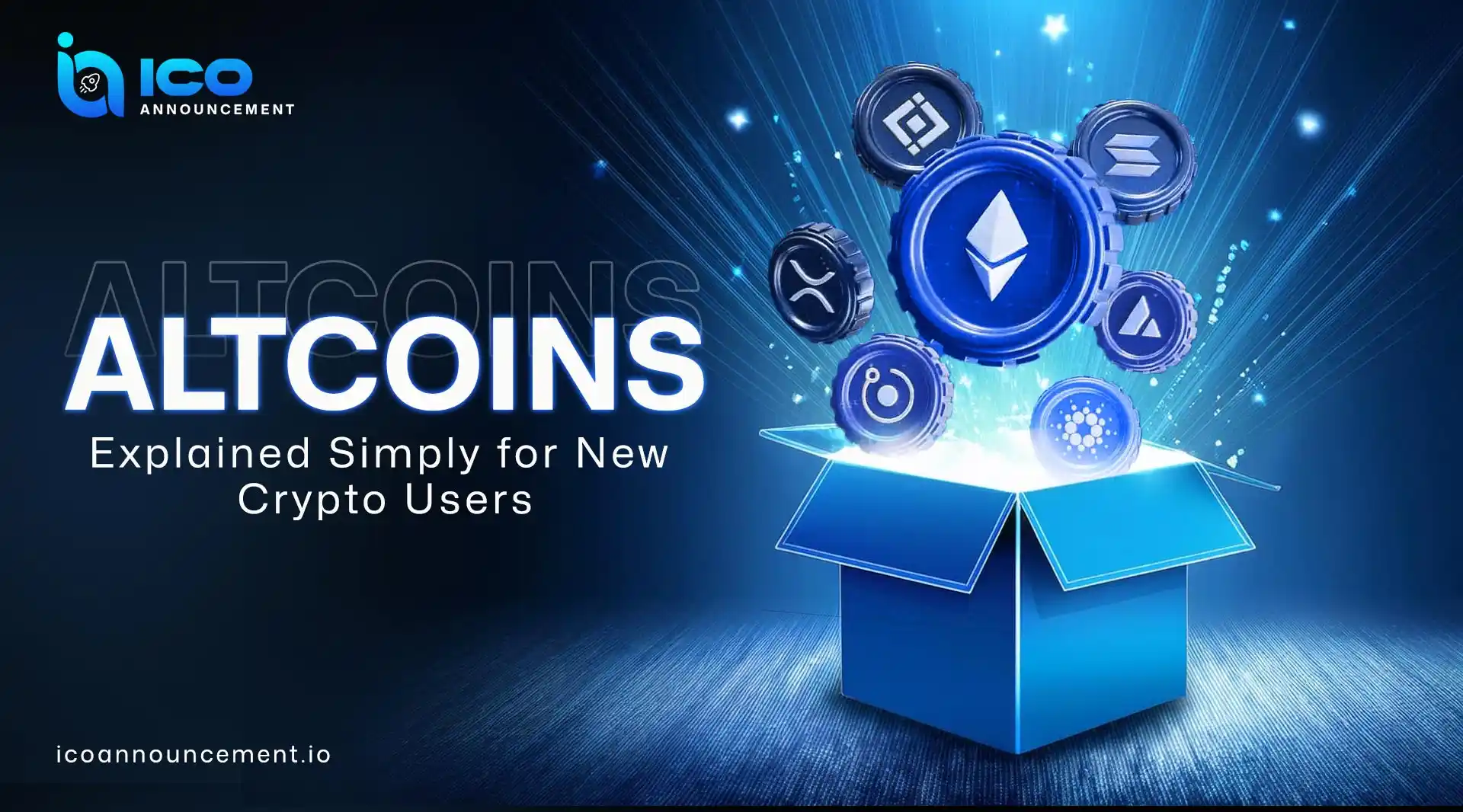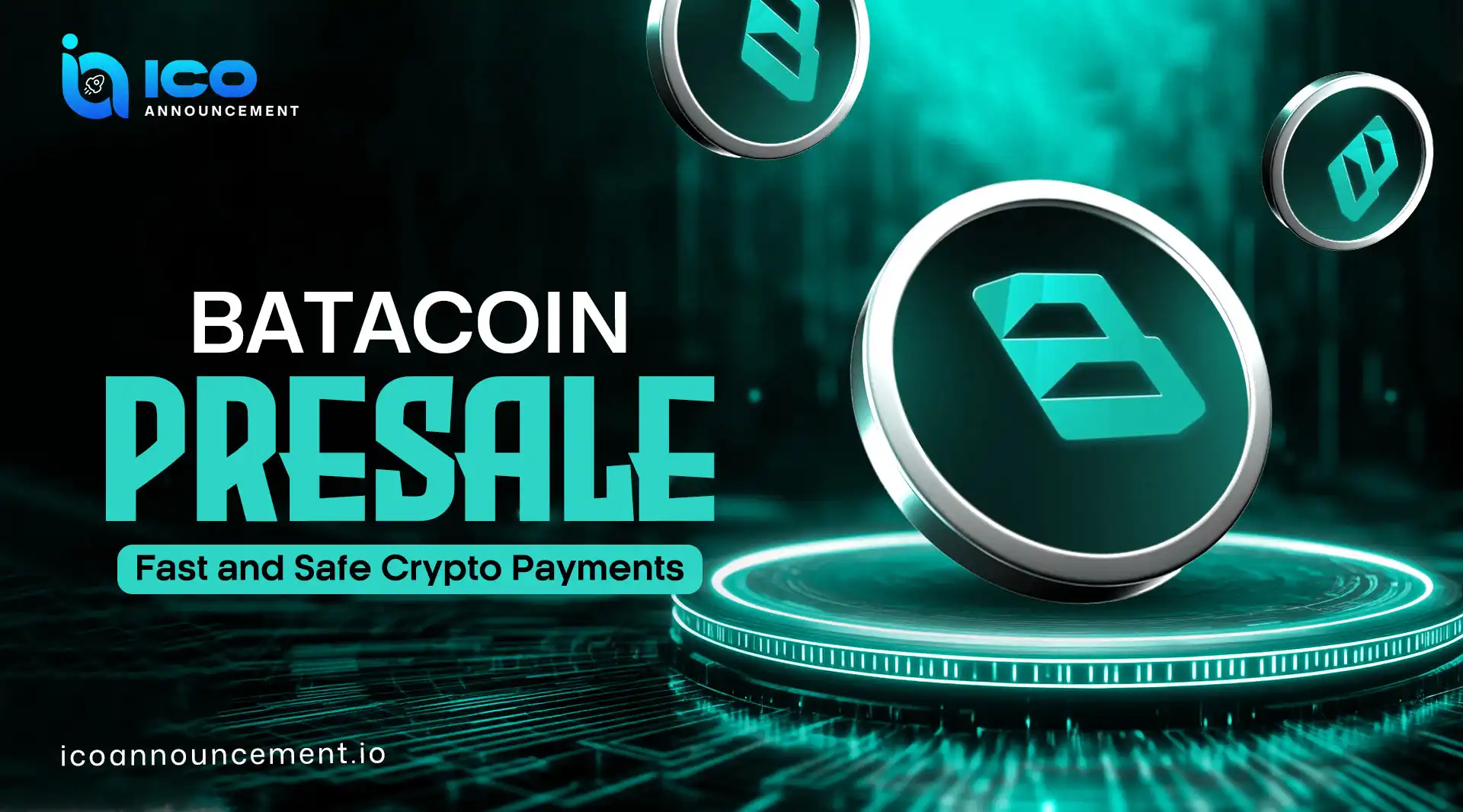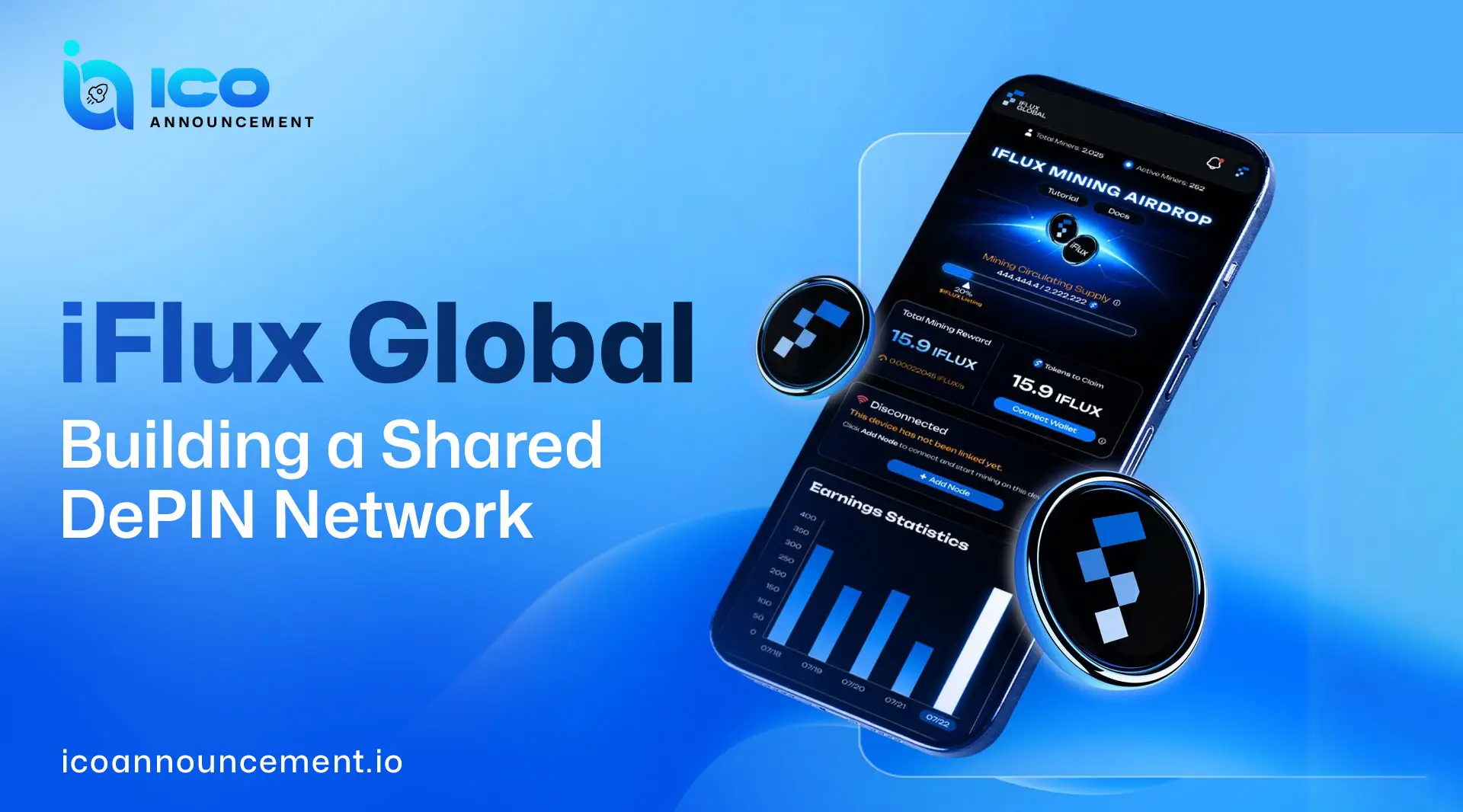How Arbitrum Crypto Solves Ethereum Gas Fee and Speed Issues

Exploring How Arbitrum Crypto Reduces Ethereum Gas Fees Efficiently
How Arbitrum Crypto Is Solving Ethereum’s Gas Fee Problem
Ethereum is one of the most popular blockchains in the world. It powers thousands of decentralized apps, NFTs, and tokens. But it also has one big problem: high gas fees. Every time users send tokens or use smart contracts, they pay a fee in ETH. When the network is busy, these fees can become very expensive. That’s where Arbitrum crypto comes in.
Arbitrum offers a smart solution to make Ethereum faster, cheaper, and easier to use. It’s called a Layer-2 scaling solution, and it’s changing how people use blockchain every day.
Understanding the Ethereum Gas Fee Problem
To understand why Arbitrum matters, we need to look at what causes Ethereum’s gas fees.
Every transaction on Ethereum uses something called gas. Gas is the cost users pay to make sure their transaction is added to the blockchain. The more people use Ethereum at the same time, the higher the gas fees become. This happens because of network congestion and too many transactions fighting for limited space in each block.
This network congestion makes simple actions, like sending tokens or minting NFTs, cost several dollars or even more. It also slows down the system and reduces the number of transactions Ethereum can process at once. Developers and users have long searched for ways to lower these costs and improve Ethereum scalability.
What Is Arbitrum Crypto?
Arbitrum is a Layer-2 blockchain built on top of Ethereum. It doesn’t replace Ethereum instead, it works with it. Think of Arbitrum as a helper network that takes some of the work away from Ethereum to make things faster and cheaper.
Arbitrum uses a special technology called Optimistic Rollups. This method allows many transactions to be grouped together into one bundle. Then, that bundle is sent back to Ethereum as a single transaction. Because hundreds of small transactions are rolled up into one, users pay much less in gas fees.
This design helps improve Arbitrum network performance and gives users the same security and trust that Ethereum already provides.
How Arbitrum Reduces Gas Fees
The main goal of Arbitrum is to solve Ethereum’s gas fee problem. Here’s how it works in simple terms:
- Transaction Bundling- Instead of sending every transaction to Ethereum separately, Arbitrum combines many transactions together. This lowers the total cost per transaction.
- Layer-2 Processing- Most actions happen on Arbitrum’s own network, not on Ethereum directly. This reduces the traffic on Ethereum’s main chain, helping avoid blockchain network congestion.
- Efficient Proof System- Arbitrum uses an “optimistic” model where it assumes all transactions are correct. Only when there’s a dispute does Ethereum step in to verify. This keeps things fast and saves gas.
- Lower Data Costs- Since Arbitrum stores only a small amount of transaction data on Ethereum, the gas used is much less compared to regular Ethereum transactions.
Thanks to these methods, Arbitrum can make Ethereum transactions up to 90% cheaper while keeping the same level of trust and security.
The Arbitrum Layer-2 Solution Explained
Arbitrum’s Layer-2 blockchain advantages make it one of the most popular Ethereum scaling projects. Let’s break down why:
- Speed- Transactions confirm in seconds, not minutes.
- Cost– Lower gas fees mean cheaper DeFi trades and NFT mints.
- Scalability- Ethereum can handle more users and dApps without slowing down.
- Security- Arbitrum still depends on Ethereum’s powerful security system.
- Compatibility- Developers can easily move their Ethereum apps to Arbitrum.
This balance between performance and security makes Arbitrum a key player in solving the Ethereum scalability with Layer-2 challenge.
Why Arbitrum Matters for the Future of Ethereum
Ethereum is strong, but its success has created a problem with too many users. As more dApps and tokens are built, the network becomes slower and more costly to use. Arbitrum’s solution brings the best of both worlds: speed and low cost, backed by Ethereum’s proven safety.
By reducing transaction costs in Ethereum, Arbitrum helps bring more people into the crypto space. It allows new users to try decentralized apps, play blockchain games, and trade tokens without worrying about expensive gas fees.
Developers also love Arbitrum because it helps them build apps that can handle more users. This means a better experience for everyone.
Arbitrum and Ethereum Scalability
Arbitrum is part of a larger movement toward Ethereum Layer-2 scaling. Many other projects are working on similar solutions, but Arbitrum stands out because of its efficiency and wide adoption.
Major DeFi platforms, NFT projects, and gaming apps have already moved to Arbitrum. Its growing ecosystem shows that users trust its ability to deliver real improvements.
By making Ethereum faster and cheaper, Arbitrum is helping Ethereum prepare for the future of Web3, a world where millions of people use blockchain every day.
Arbitrum Protocol Efficiency and Performance
Arbitrum’s technology focuses on keeping performance high while keeping costs low. Here’s what makes it efficient:
- Optimistic Rollups- Reduce computation on Ethereum’s main chain.
- Fraud Proofs- Ensure only valid transactions are confirmed.
- Low Latency- Users enjoy near-instant confirmations.
- Gas Fee Optimization in Ethereum- Bundling reduces the need for high gas payments.
The result is a blockchain system that can handle more activity without the usual problems of congestion or high transaction costs.
How Users Benefit from Arbitrum Crypto
For everyday users, Arbitrum means faster and cheaper transactions. You can trade tokens, use DeFi apps, or mint NFTs without worrying about high fees eating up your profits.
For developers, Arbitrum opens up a smoother path to scaling their apps. They can attract more users by offering low-fee, high-speed transactions while staying connected to Ethereum’s trusted ecosystem.
Overall, Arbitrum is not just a temporary fix; it’s a big step toward making Ethereum more user-friendly and ready for mass adoption.
Final Thoughts
Arbitrum crypto is playing a big role in fixing Ethereum’s biggest weakness: its gas fees. With faster speeds, lower costs, and seamless integration with Ethereum, Arbitrum is making blockchain technology more accessible to everyone.
As the crypto world continues to grow, Arbitrum’s solution for Ethereum gas fees shows how innovation can make a great system even better. For anyone interested in the future of decentralized technology, Arbitrum is a name worth watching.
Frequently Asked Questions (FAQ)
1. Does Arbitrum use ETH for gas?
Yes. Arbitrum still uses ETH as the gas token. However, the gas fees are much lower than on the Ethereum mainnet because of Arbitrum’s Layer-2 efficiency.
2. How to reduce ETH gas fees?
You can reduce ETH gas fees by using Layer-2 networks like Arbitrum. They process transactions off-chain and send them to Ethereum in bundles, cutting costs.
3. Can I send ETH directly to Arbitrum?
Yes, you can. You can bridge ETH from the Ethereum mainnet to Arbitrum using a compatible wallet. Once on Arbitrum, your ETH can be used for low-cost transactions.
4. Which crypto has the lowest gas fee?
Several Layer-2 and alternative blockchains offer low fees. Arbitrum is one of the top choices for Ethereum users who want to save on gas while keeping Ethereum’s security.
5. Is there a way to lower gas fees?
Yes. You can use Layer-2 scaling solutions like Arbitrum, choose times of low network congestion, or adjust gas settings in your wallet for small savings.







